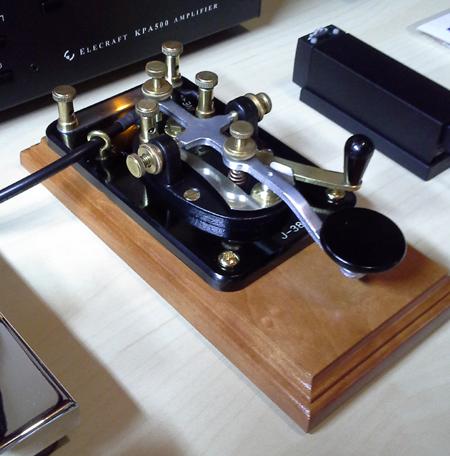
There is an arrow at the top of the cursor and two lines extending downward from the cursor. In the picture on the left you see what our cursor looks like on the waterfall. Notice how each signal is displayed under a different audio frequency on the waterfall. Since BPSK has such a narrow bandwidth, the use of audio off-set frequencies can be used to display many BPSK signals on the waterfall at one time. PSK Bandwith The bandwidth of a BPSK-31 signal is 31.25 Hz. The traces are actually signals from different stations. The reason for the name is the light colored signal traces flow from the top to the bottom of the display just like a waterfall. The black area contains audio frequencies calibrated in HZ, and the blue area is the actual Waterfall. The top gray section is the Waterfall toolbar. The Waterfall actually has three sections. We have selected the mode so now take a close look at the Waterfall.

Looking at the main display, you will also notice that the tab just above the ALE also reflects the current mode being used.

Highlight PSK and another menu will show up with BPSK-31, BPSK-63 and BPSK-125. Clicking on this brings up the Modes menu.

Next, in the upper left corner of the large receive panel, you will see a small tab with a drop-down arrow. You might also want to tune your antenna for lowest SWR on this frequency before we go any farther. At this time, tune your radio to 14.070 and set it to upper sideband, since ALL digital modes are used in upper sideband, with maybe one exception and that’s QPSK which can be used in USB or LSB. The most popular of the digital modes is BPSK-31 and the most used frequency for this mode is 14.070 in the 20 meter band.

Solution home Ham Radio Deluxe User Guides Digital Master (DM-780) Main Window Tour


 0 kommentar(er)
0 kommentar(er)
